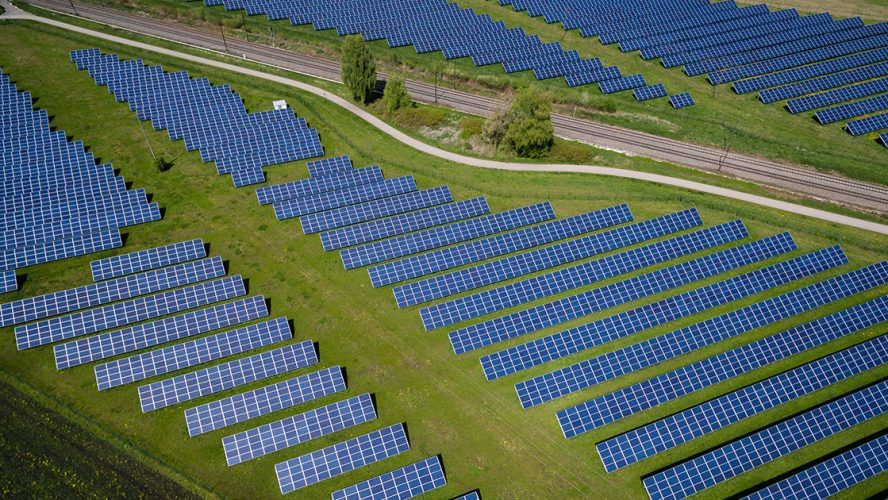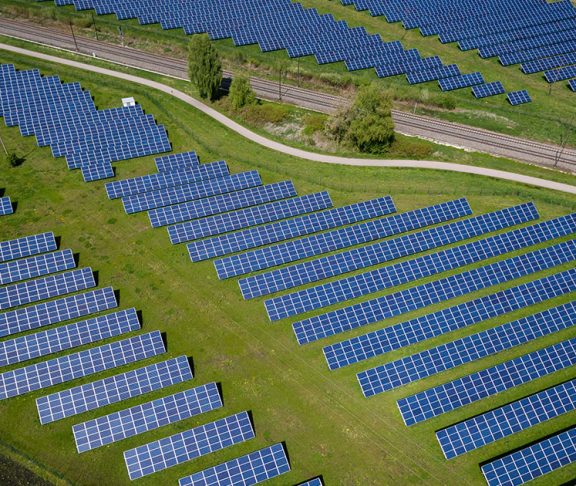Deploying new and existing technologies can get us to zero carbon emissions, but it will require coordination between utilities, regulators, technology providers, and customers.
In October, the United Nations released a report on the climate crisis, painting a graver picture than previously imagined and recommending immediate and drastic cuts to carbon emissions.
The Smart Electric Power Alliance (SEPA), an educational nonprofit dedicated to facilitating the smart transition to a clean and modern energy future, has found that much of the technology required to make the transition to 100 percent carbon-free energy already exists. It just needs to be smartly and swiftly implemented.
Julia Hamm, president and CEO of SEPA, said an initial hurdle of going carbon-free is changing customers’ perceptions.
“First, many people think renewable energy is still a niche, that it’s an alternative,” Hamm said. “I personally dislike the term ‘alternative energy’ when we’re talking about renewables because it is no longer the alternative; it is the first choice.”
“Second, we need to remember carbon-free is not the same as 100 precent renewables. Renewables are a significant part of a carbon-free future, but most parts of the country will also need other carbon-free technologies to get there.”
Decreasing reliance
While many new energy technologies are geared towards renewables, our energy still mostly comes from carbon-based sources.
“Renewable is still only about 20 percent of our electricity mix,” Hamm said. “In terms of decarbonization, we can get about 80 percent of the way there with existing carbon-free technologies in a pretty affordable manner. The hard part is the last 20 percent.”
Affordability is also a key concern.
“For a large portion of customers in the United States, paying their electric bill every month is a real challenge,” Hamm said. “We have to make sure that we think about society as a whole and that we keep electricity affordable for everybody.”
Tools of the future
The future of renewables, Hamm said, lies in several key technological developments. One is the ability to store energy generated by solar and wind systems to be used later.
“Without storage,” Hamm said, “we’re going to bump up against caps, in terms of how much of the renewable generation the system is going to be able to manage in a cost-effective way.”
In addition to storage, the hardware and software operating the grid must become smarter.
“We need technology on the grid that is intelligent,” Hamm said, “that can, without a lot of manual oversight, automatically help to control and balance all of the different points of electricity generation and usage that are in the system.”
Technologies like smart meters and thermostats, which help moderate energy use, as well as electric vehicles that know the most efficient time of day to charge themselves, are harbingers of the types of smart infrastructure Hamm believes can aid the transition to zero carbon emissions.
Getting on the same page
For such a dramatic shift, change is required at every level. Many utilities, be they cooperatively-owned, municipally-run, or publicly-traded, offer options for connecting to renewable energy. Yet there needs to be cohesion between electricity providers, regulators, and the customer experience.
“There are opportunities for everyone to make a difference,” Hamm said. “But the more coordinated those efforts are, the more we’re able to ensure individuals benefit and entire societies benefit from the addition of clean energy to the system.”
Despite the challenges, Hamm remains optimistic about the future. She concurrently sits as the board chair of the Clean Energy Leadership Institute (CELI), an organization dedicated to training young leaders in the clean energy field, of whom she said, “I don’t view them as the future leaders of the clean energy industry; I view them as the future leaders of the energy industry, which will be clean.”

